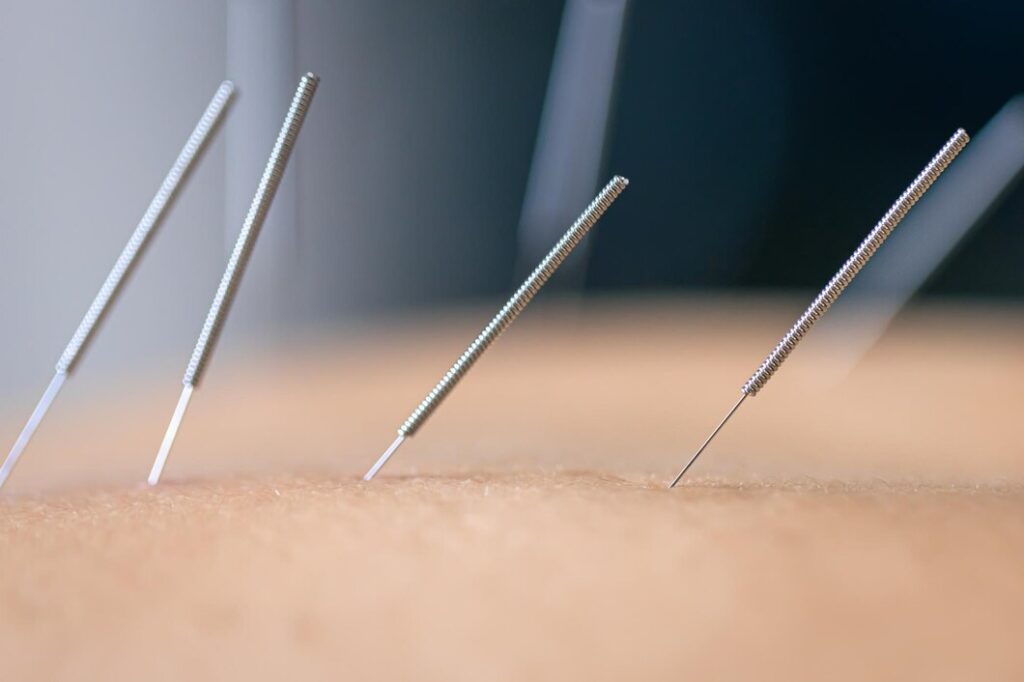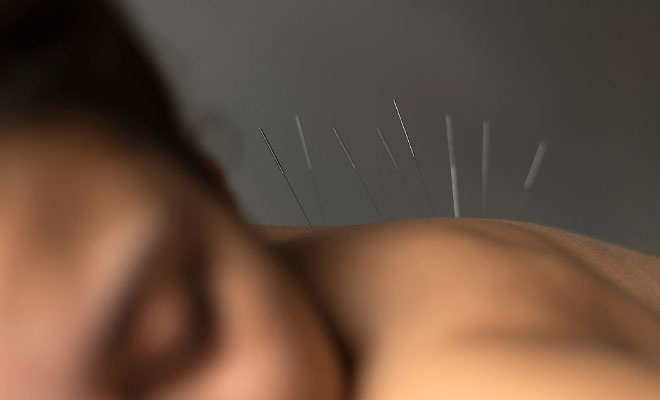How Vestibular Therapy in Edmonton Can Help Restore Balance and Wellness

- Admin
- Fri May 10
Dry Needling Therapy for Pain Relief: Understanding the Benefits and Techniques
In the world of pain management therapies, dry needling has gained popularity as an effective method for alleviating musculoskeletal pain and improving function. This technique involves the insertion of thin needles into specific trigger points or tight bands of muscle, aiming to release tension, reduce pain, and promote healing. Here’s a comprehensive look at dry needling therapy, its benefits, techniques, and considerations for those considering this treatment option.
What is Dry Needling Therapy?
Dry needling is a therapeutic procedure that targets myofascial trigger points (taut bands of muscle) with the goal of reducing pain and improving function. Unlike acupuncture, which is rooted in traditional Chinese medicine and focuses on restoring the flow of energy (qi), dry needling is based on modern neuroanatomy and physiology principles. The term "dry" distinguishes it from "wet" needling, which involves injecting substances like saline or anesthetics into the trigger points.
How Does Dry Needling Work?
During a dry needling session, a trained practitioner inserts thin needles directly into trigger points, which may be located in muscles, tendons, ligaments, or near nerves. The insertion of the needle aims to elicit a twitch response or a local twitch response (LTR), which is a reflexive contraction of the muscle fibers. This response helps release muscle tension, improve blood flow, and stimulate the body's natural healing processes.
Benefits of Dry Needling Therapy
Dry needling therapy is valued for its potential benefits in managing various musculoskeletal conditions and chronic pain syndromes, including:
- Pain Relief: By releasing tight muscle bands and reducing muscular tension, dry needling can alleviate pain associated with conditions like neck pain, back pain, shoulder pain, and headaches.
- Improved Range of Motion: By relaxing muscles and improving muscle function, dry needling can enhance joint mobility and flexibility.
- Faster Recovery: For athletes and active individuals, dry needling may expedite recovery from sports injuries by promoting tissue healing and reducing inflammation.
- Complementary Treatment: It can be used in conjunction with other therapies such as physical therapy, chiropractic care, and exercise programs to optimize outcomes.
Techniques Used in Dry Needling
There are two primary techniques used in dry needling:
- Trigger Point Dry Needling: This technique targets myofascial trigger points, which are hypersensitive areas in muscles that can contribute to pain and dysfunction.
- Superficial Dry Needling: In this approach, needles are inserted into superficial layers of muscle or skin to stimulate sensory nerves and promote local healing responses.

What to Expect During a Dry Needling Session
- Assessment: The practitioner will conduct a thorough assessment to identify trigger points and areas of pain or dysfunction.
- Needle Insertion: Sterile, disposable needles are inserted into the identified trigger points. Patients may feel a slight prick or discomfort during insertion.
- Treatment Duration: Sessions typically last 15-30 minutes, depending on the number of trigger points being treated and the individual's response.
- Post-Treatment Care: Some patients may experience mild soreness or bruising at the needle insertion sites, which typically resolves within a few days. Hydration and gentle movement are often recommended to aid recovery.
Considerations and Safety
While dry needling is generally considered safe when performed by a trained and licensed practitioner, it may not be suitable for everyone. Consider the following:
- Certified Practitioners: Ensure that your practitioner is trained and certified in dry needling techniques to minimize risks and optimize benefits.
- Potential Side Effects: Mild side effects such as soreness, bruising, or temporary aggravation of symptoms may occur after treatment.
- Patient Selection: Individuals with bleeding disorders, pregnancy, or certain medical conditions may not be suitable candidates for dry needling.
Conclusion
Dry needling therapy in Edmonton offers a promising approach to managing musculoskeletal pain and promoting healing through targeted stimulation of trigger points. By understanding its principles, techniques, and potential benefits, individuals can make informed decisions about incorporating dry needling into their pain management strategies. As always, consulting with a healthcare provider or licensed practitioner is essential to determine if dry needling is a suitable treatment option for your specific condition.



